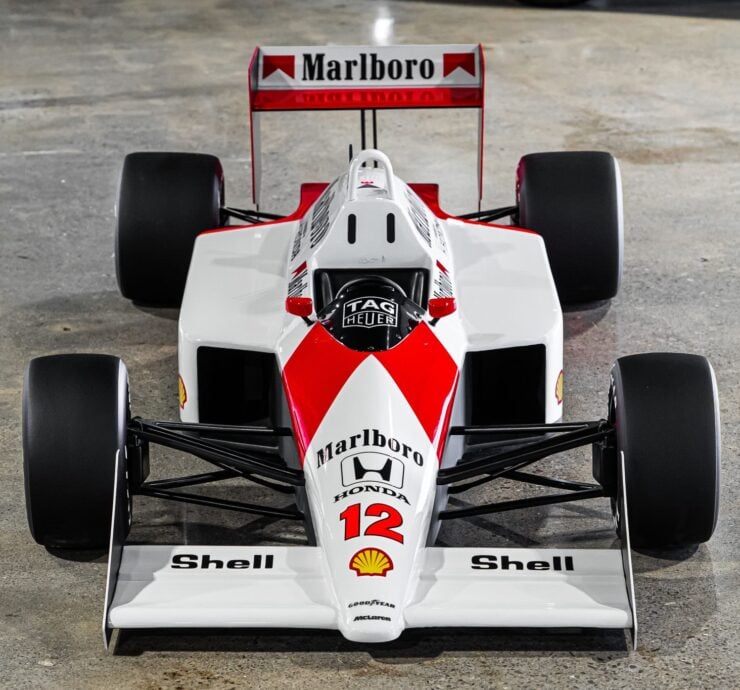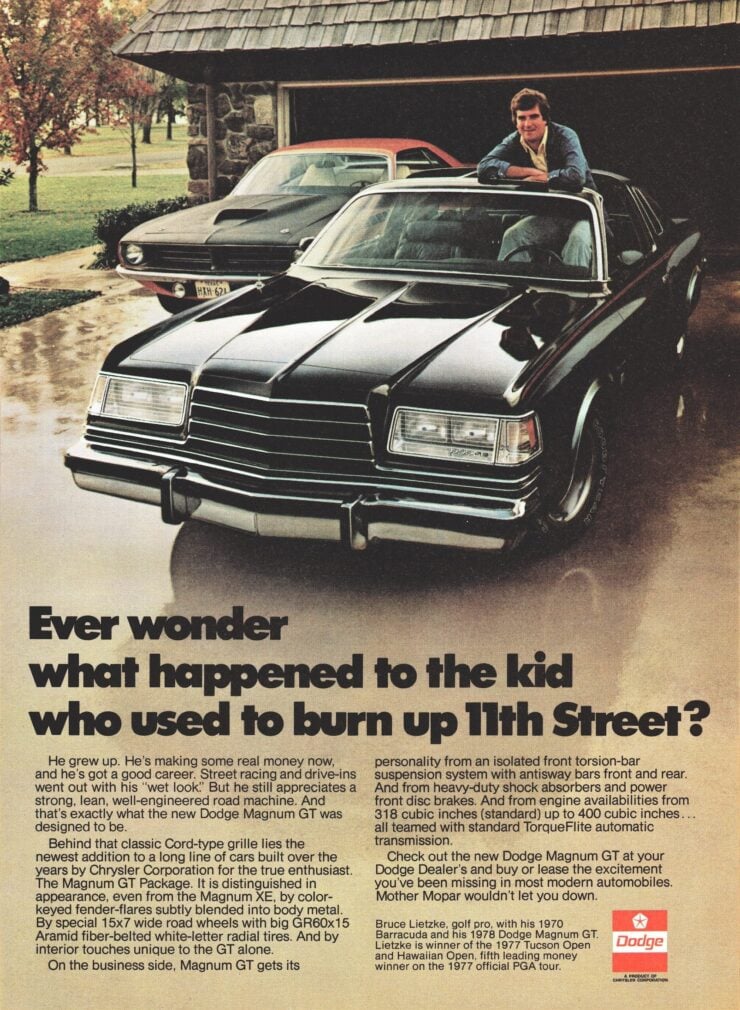This is an original 1967 AEC Routemaster, it spent its early life in daily use plying the streets of London for London Transport along... The post The Ultimate Camper Conversion Project? An Original 1967 AEC Routemaster London Bus appeared...
This is an original 1967 AEC Routemaster, it spent its early life in daily use plying the streets of London for London Transport along with the other 524 RML-class Routemasters.
Two of the most enduring sights in London are the bight red double-decker Routemaster busses, and the iconic black London cabs. After their retirement many are scrapped, but some end up in private hands where they get a second lease on life.
Fast Facts – An RML-Class Routemaster Bus
The AEC Routemaster was developed in the 1950s by London Transport, AEC (Associated Equipment Company) and sister company Park Royal Vehicles. It was a revolutionary design by the standards of the public busses of the time. It featured a lightweight stressed-aluminum structure for fuel efficiency, an innovative half-cab design, and a rear open platform for boarding and alighting while the bus was in motion. Launched in 1956, the Routemaster was introduced to replace the older RT-type buses in London. It quickly became a staple of London’s streets, known for its bright red paint work, reliability, ease of maintenance, and passenger-friendly features. The Routemaster became an iconic symbol of London, recognized worldwide for its distinctive red color and classic British design. Its presence in media and as a tourist attraction further cemented its status as a cultural and historical symbol of London. The RML-Class Routemaster was a lengthened version of the iconic Routemaster bus with additional capacity designed for major central London routes which were by far the busiest. It was powered by a AEC AV590 9.6 liter diesel engine producing 115 bhp at 1,800 rpm.The Routemaster Bus: A History Speedrun
The development of the Routemaster bus began in 1947, just two years after WWII when Britain and much of the world was still feeling the effects of the war and the austerity that followed. The engineering development team consisted of A.A.M. Durrant and Colin Curtis, and the final design would have a body styled by Douglas Scott.
Above Video: This is a vintage BBC documentary about the Rouemaster bus, its history, development, and its impact on London.
In the 1940s, and still today for most Londoners, the busses aren’t an alternative means of transportation but rather the primary form of transportation for many of the city’s residents, alongside the Tube. As a result the new bus design needed to accommodate as many people as possible, while being fuel-efficient, reliable, and easy to work on.
Rather than developing a bus with a standard body-on-chassis design, Durrant and Curtis went in a new direction. They designed a bus based around a lightweight, stressed aluminum body fitted with front and rear steel subframes to carry the engine and suspension.
The front “A” sub-frame held the engine, steering, and front suspension. The rear “B” sub-frame held the rear axle and suspension, and the transmission under the main aluminum body structure with shafts connecting it to the engine up front, and the driven axle in the rear.
A Routemaster was first shown at the Earl’s Court Commercial Motor Show in London in 1954. Two years later four prototype Routemasters entered service on the streets of London, over the next few years hundreds would be built, the Routemaster would become a sight as closely associated with London as the city’s black cabs, and within a few over 2,700 RM-series Routemasters would be manufactured.
The RML-Class Routemaster Bus
The bus you see here is one of the RML-Class Routemaster busses that was developed specifically for the major central London routes which were the busiest.

The cockpit of the Routemaster was designed to give the driver the widest possible field of view with the minimum amount of body work obstructing their view.
The RML was developed by adding an extra 2 ft 4 in section in the center of the standard RM Routemaster body. This increase the length and capacity of the bus from 64 to 72 passengers, which means that every eight full trips the RML-class bus does equates to standard RM-class bus doing nine trips.
The RML-class Routemaster was powered by the AEC (Associated Equipment Company) AV590 9.6 liter diesel engine producing 115 bhp at 1,800 rpm. This engine was mated to the AEC direct selection/automatic 4-speed gearbox with electrical control and air operation, and the bus used continuous flow power hydraulic brakes front and rear.
524 examples of the RML-class Routemaster were made, though far fewer than that survive to the modern day. The design was retired decades ago and most were scrapped, though a few found their way into museums and into private enthusiast ownership.
The Routemaster Bus Shown Here
The bus you see here is an original 1967 RML-class Routemaster that was initially used by London Transport, plying some of the busiest routes in the city for years until it was retired.
Fortunately, this is one of the Routemasters that was sold off into private ownership. It now benefits from a full restoration, and it’s been rebuilt into a party bus, albeit one that has a dedicated play area for young children downstairs including a ball pit.
During the restoration it wa refinished in its iconic shade of red with the contrasting white stripe, its original gold “Routemaster” and chassis number decals. It rides on 22.5 inch heavy-duty steel wheels finished in gloss red with black centre caps on the front wheels.
The upper deck has been transformed into an area for adults, featuring a bar with bar stools, a fridge, an ice maker, and a lounge chairs running along either side.

This original AEC Routemaster plied the streets of London during the Swinging Sixties, it’s now been converted into a party bus with a bar upstairs and a children’s area downstairs.
The bus is now being offered for sale out of Essex in the United Kingdom. It’s perhaps most likely to be bought by someone who wants to use it as a party bus for a hire company, however a small number of Routemasters like this have been converted into motorhomes over the years – essentially two story campers on wheels.
If you’d like to read more about this unusual Routemaster you can visit the listing on Collecting Cars here.



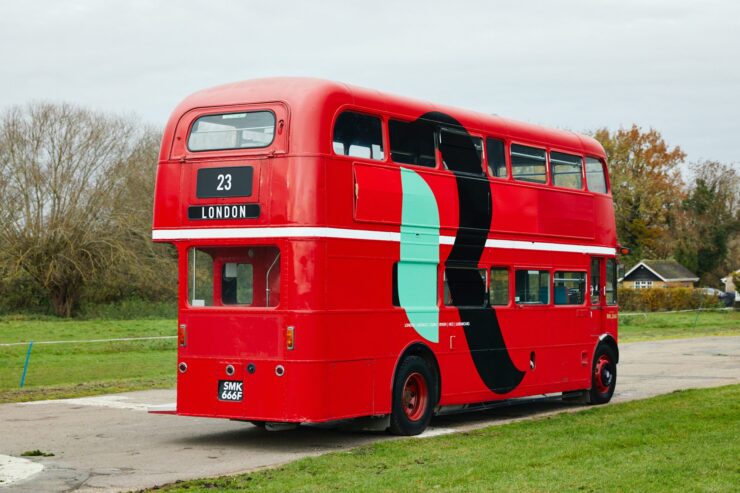



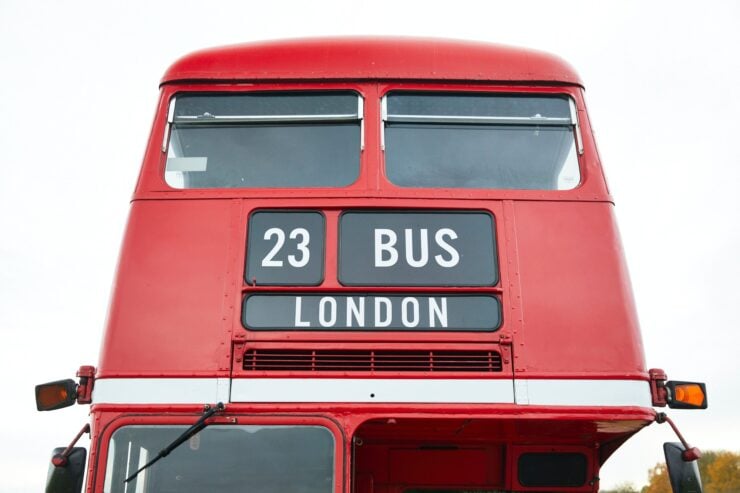
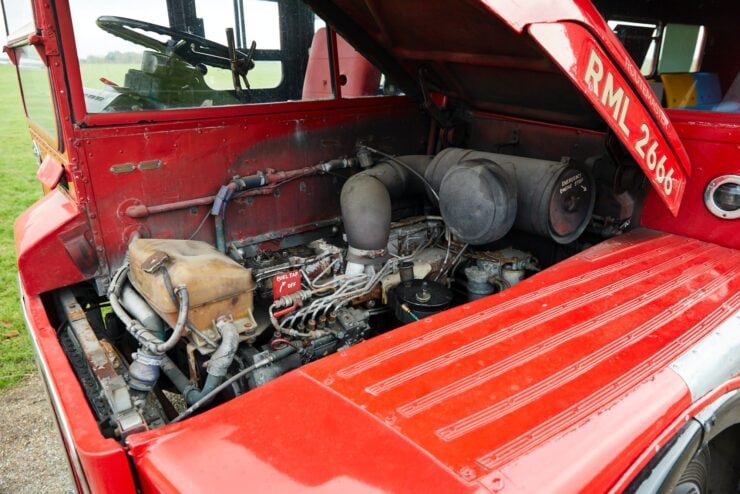

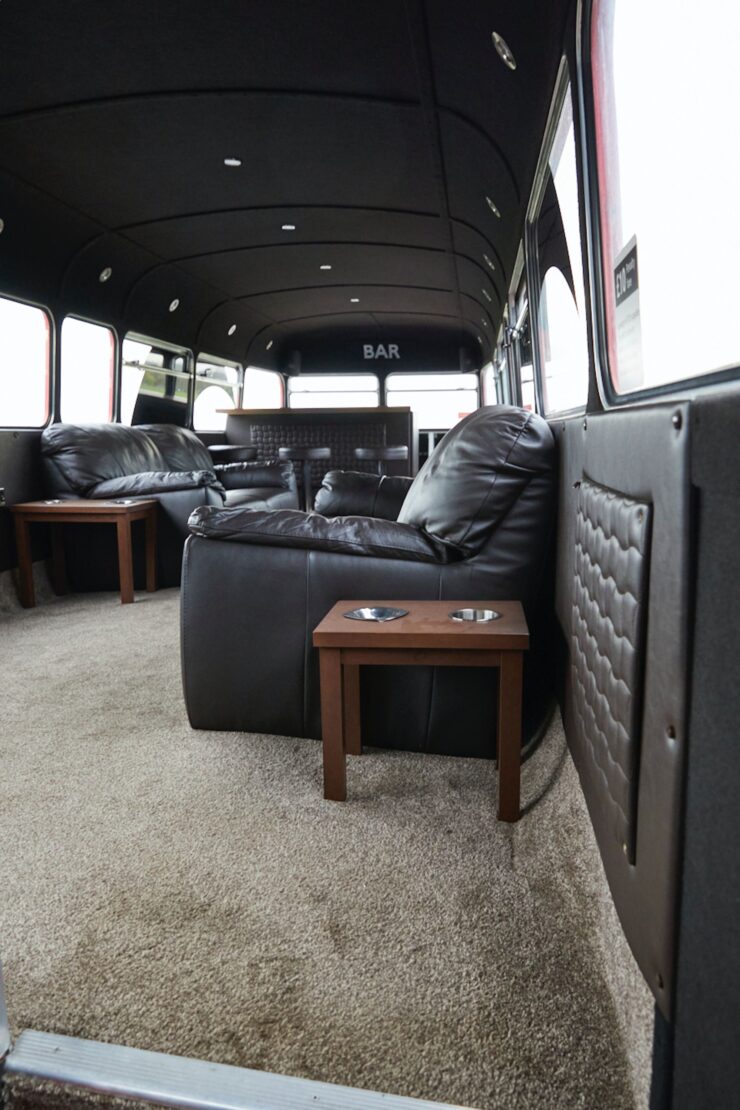

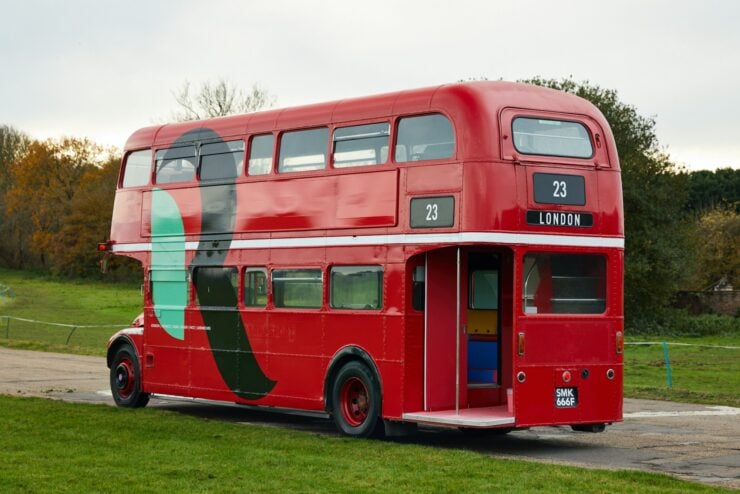


Images courtesy of Collecting Cars
The post The Ultimate Camper Conversion Project? An Original 1967 AEC Routemaster London Bus appeared first on Silodrome.








